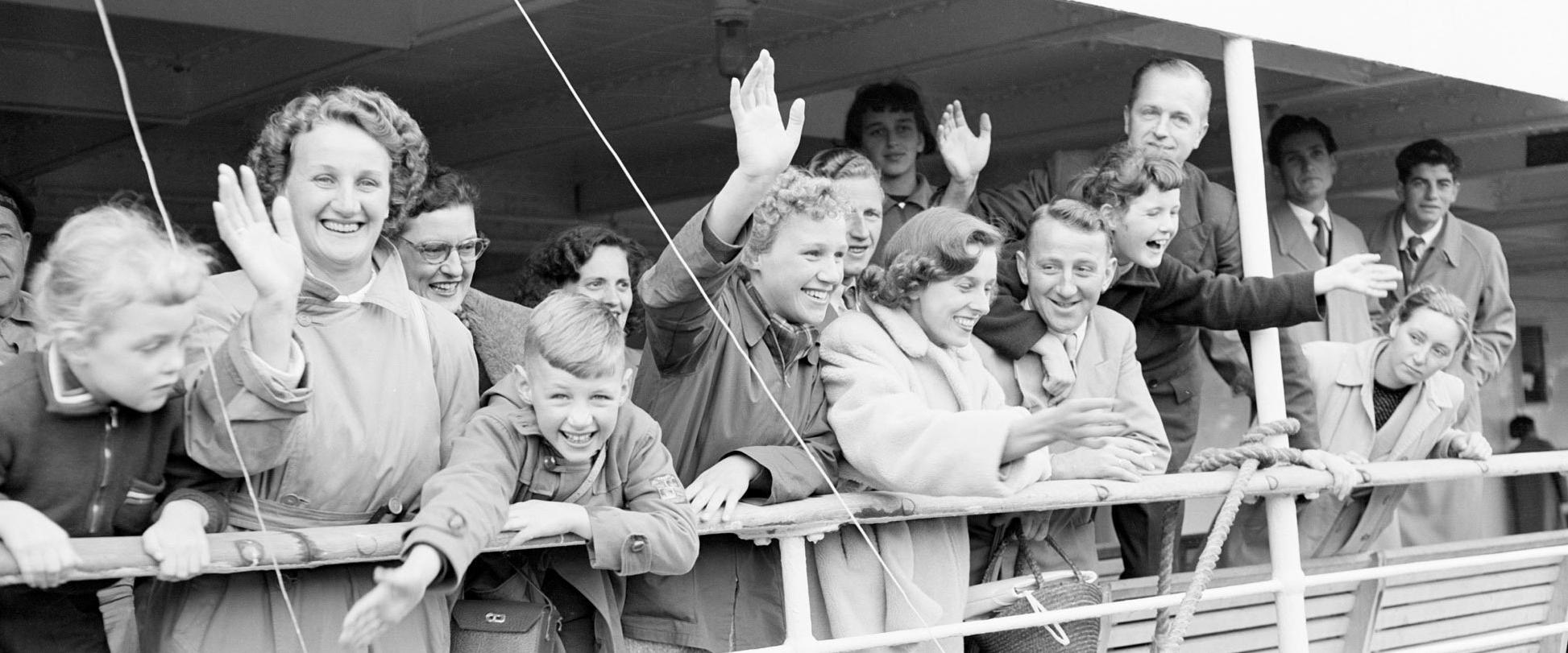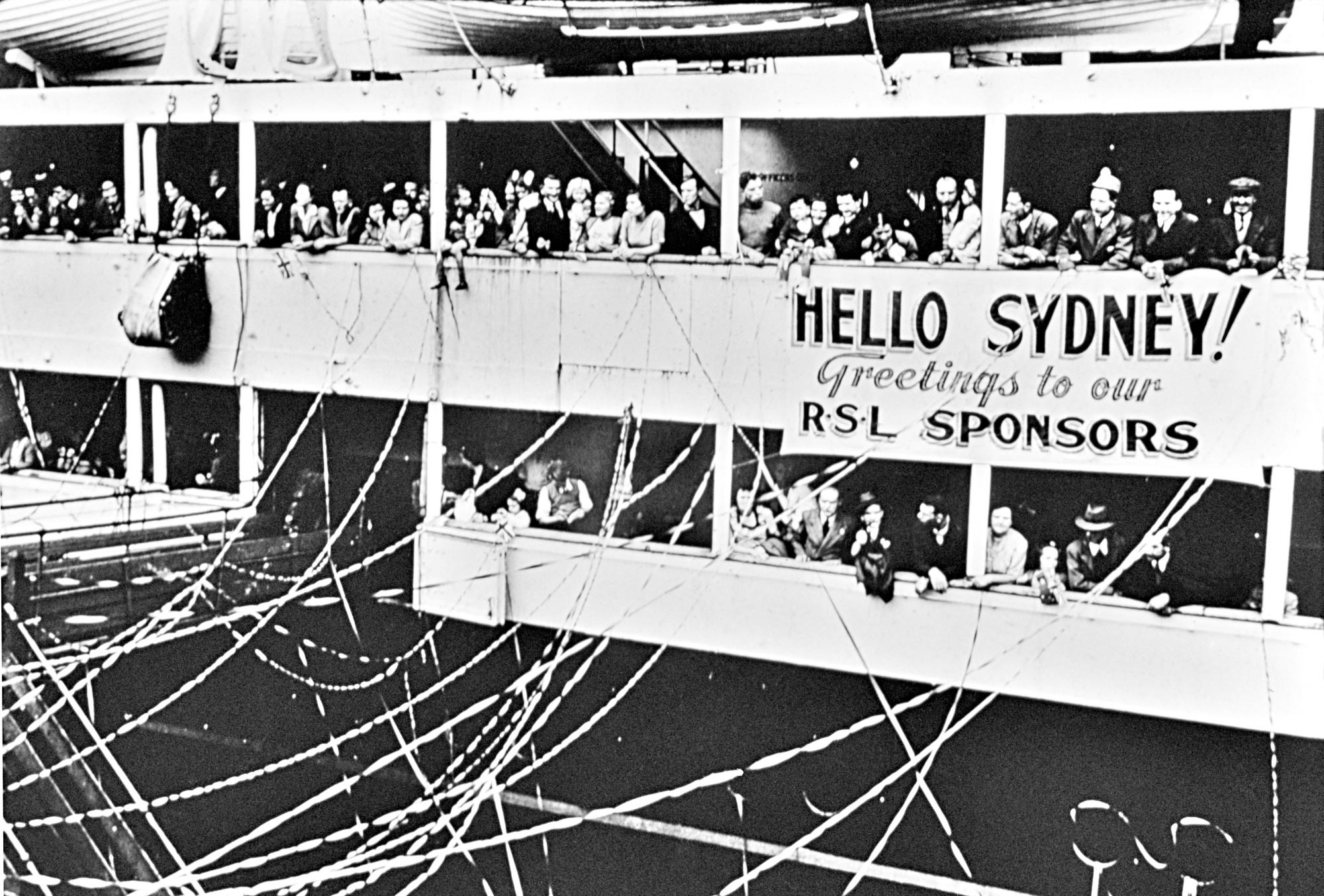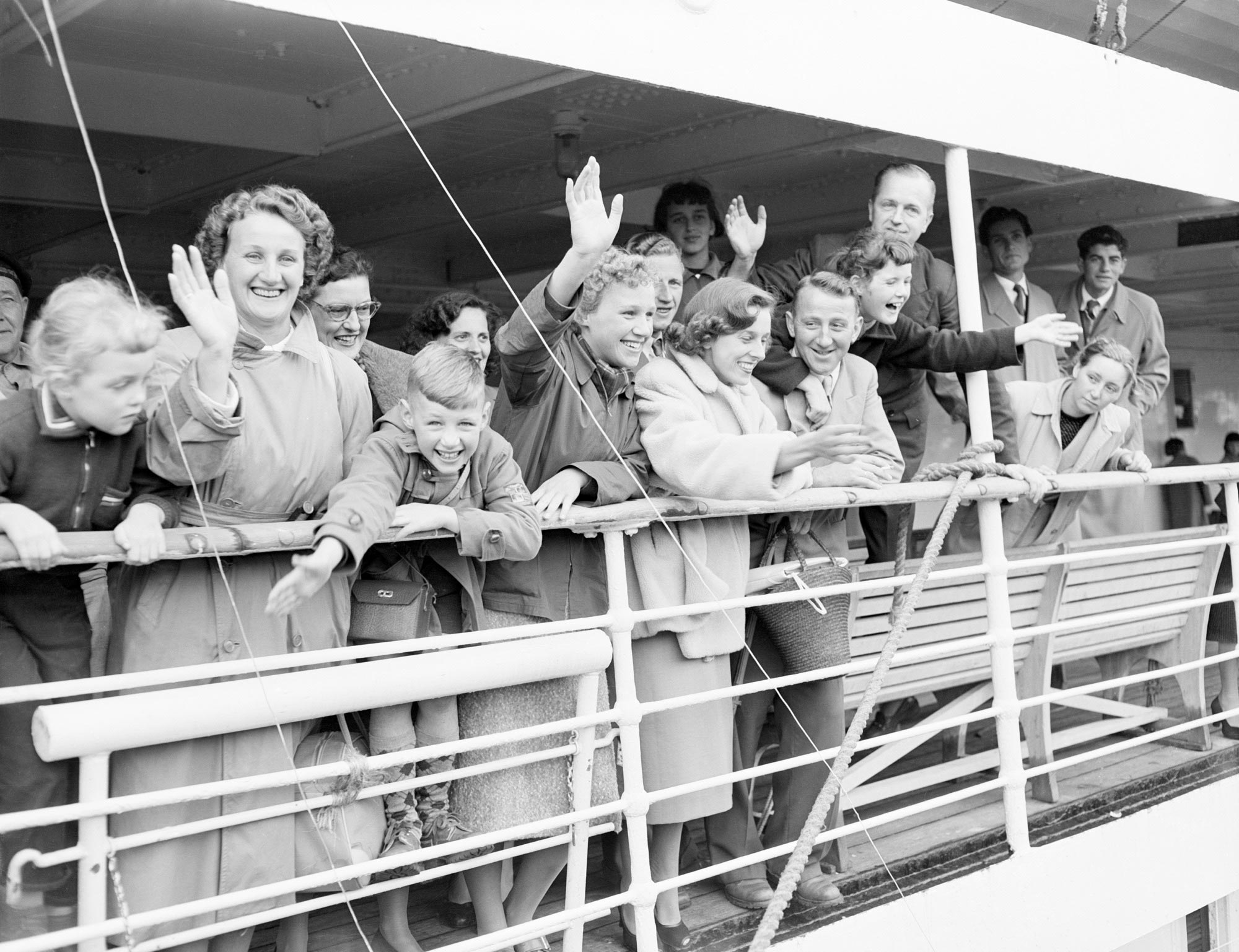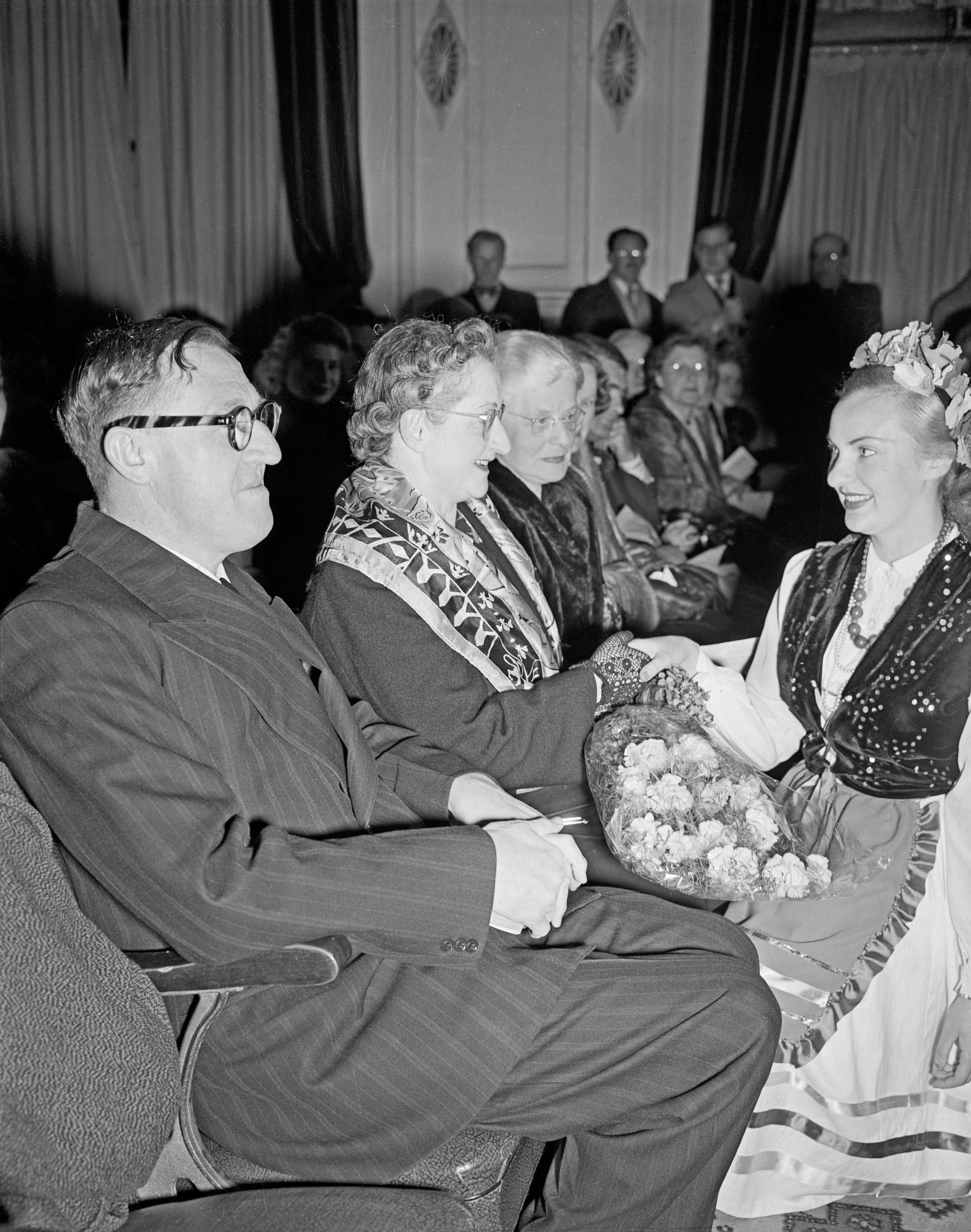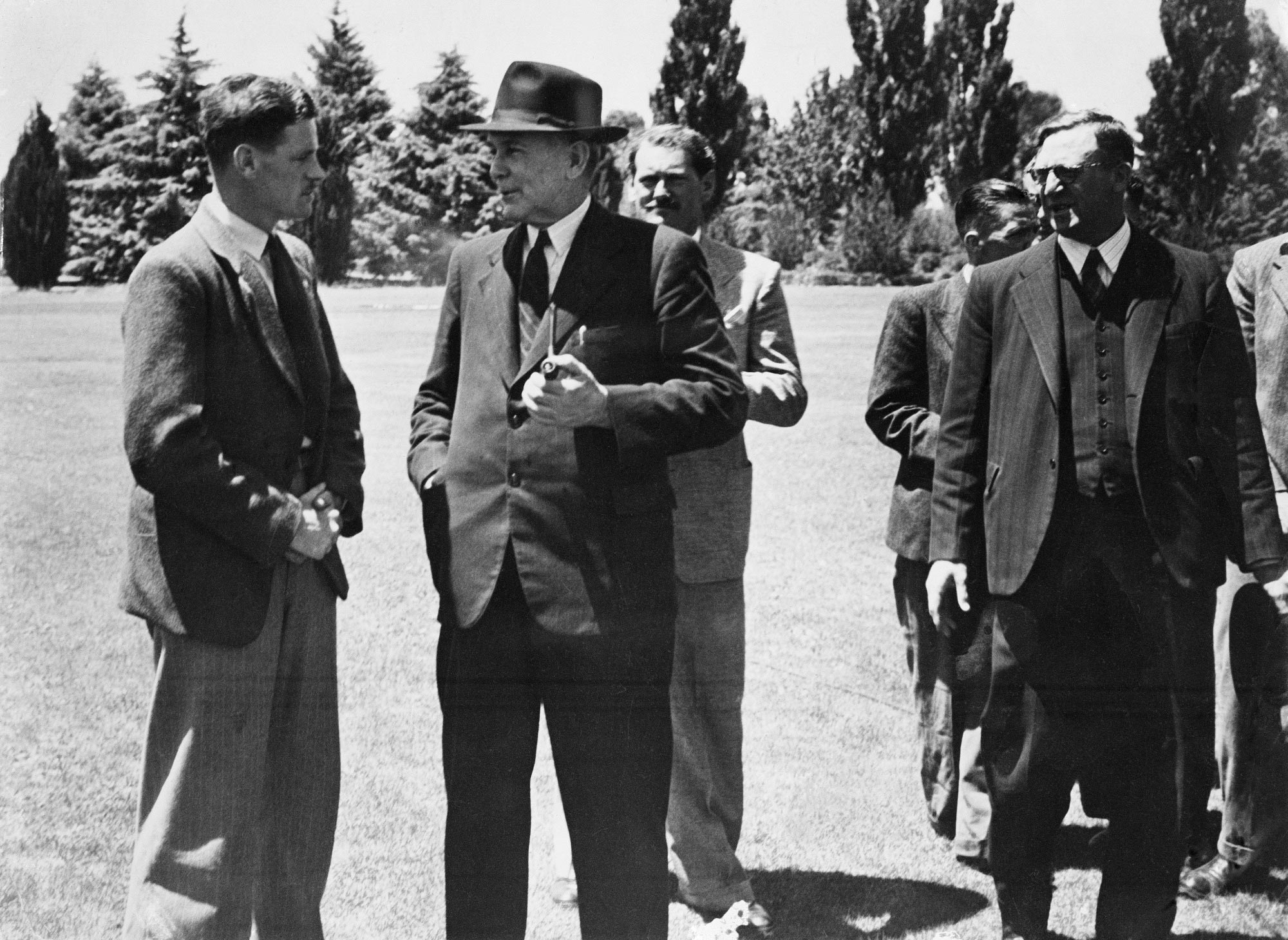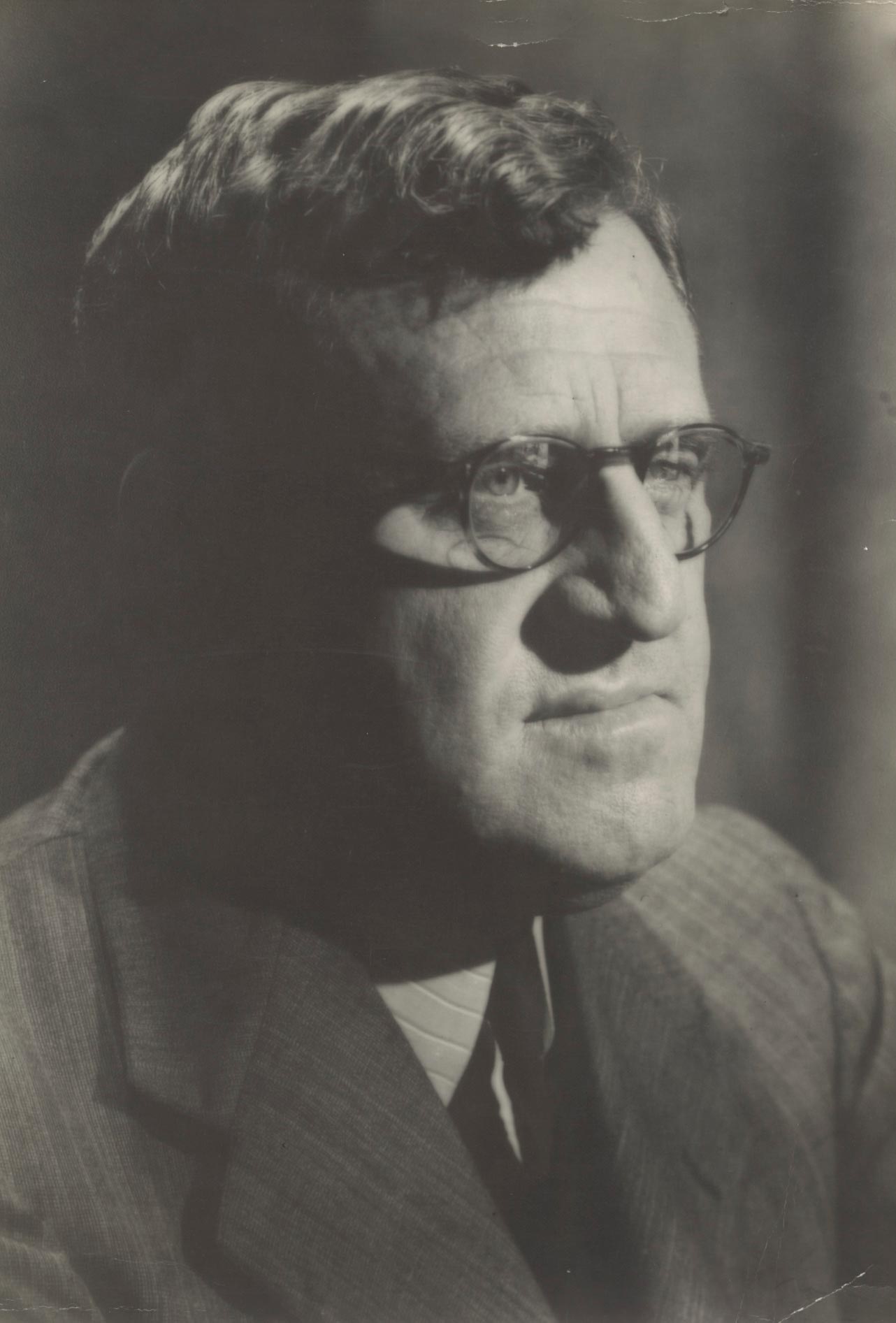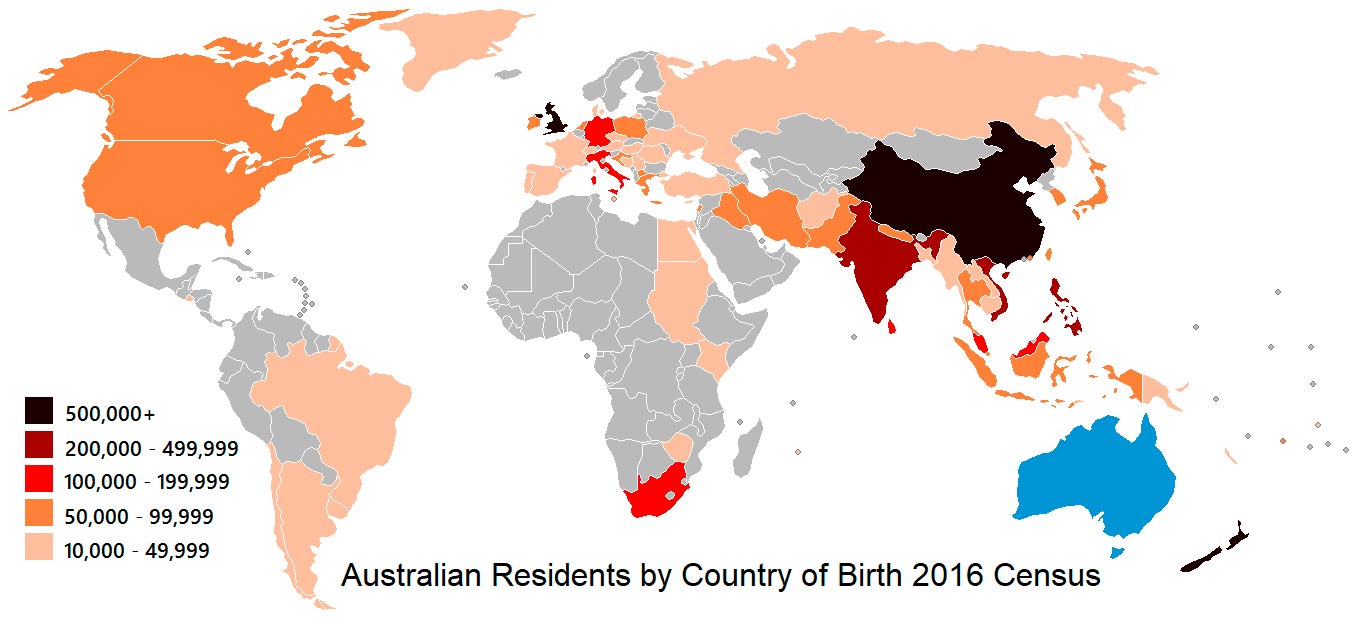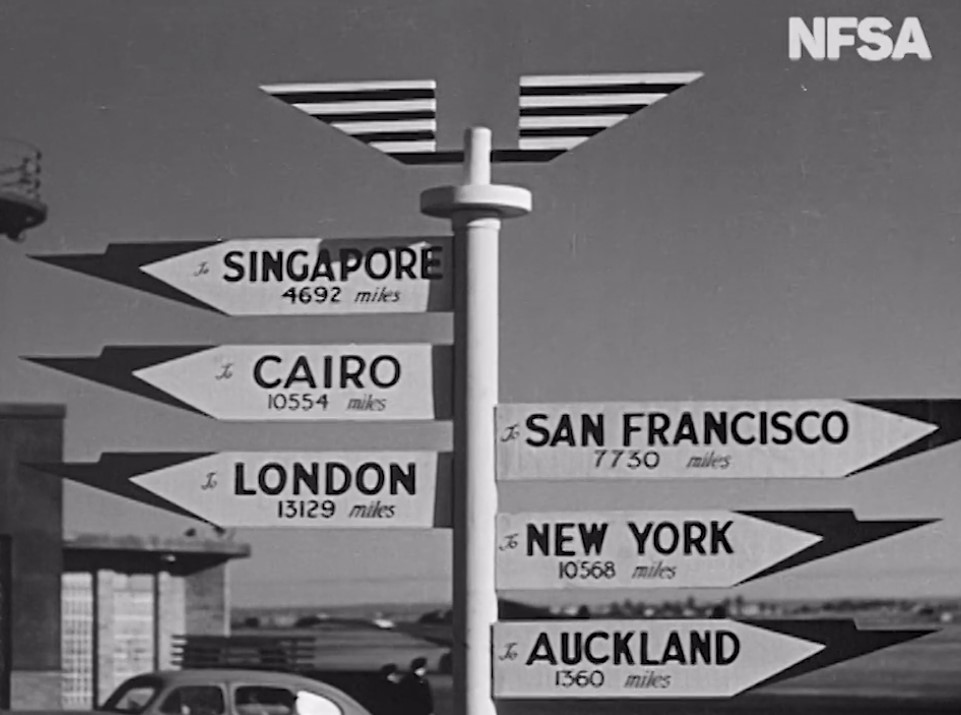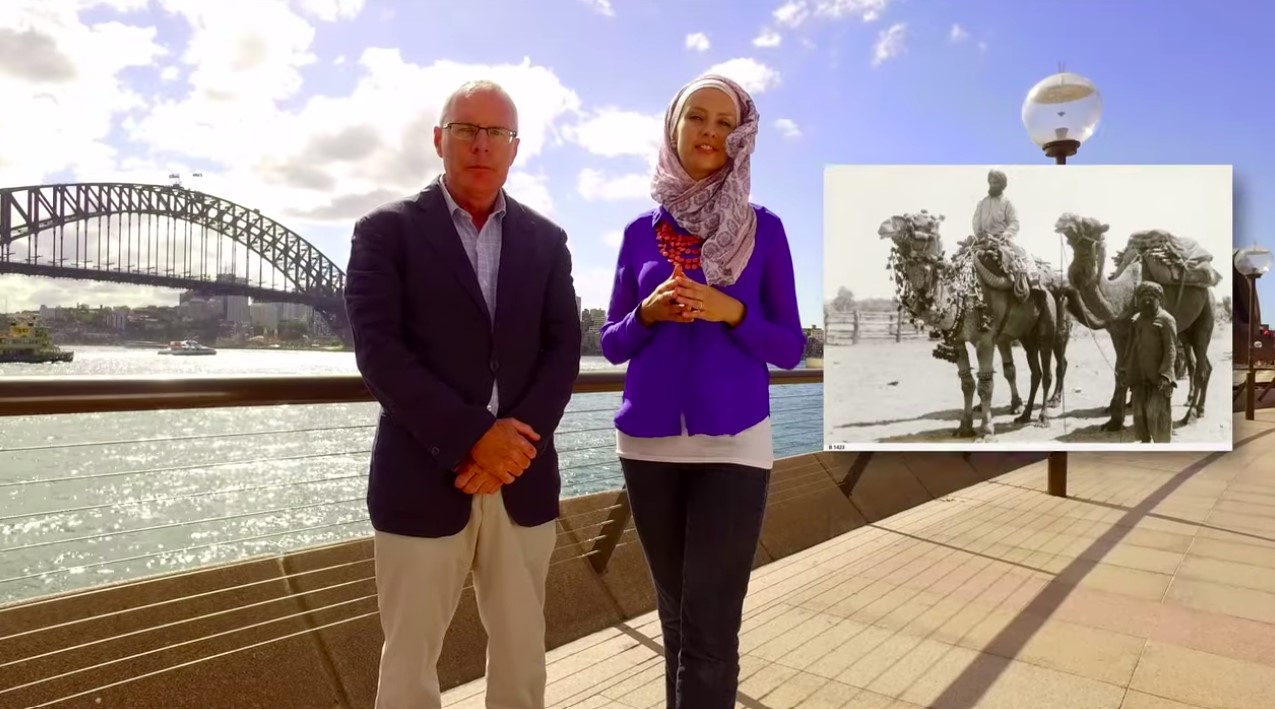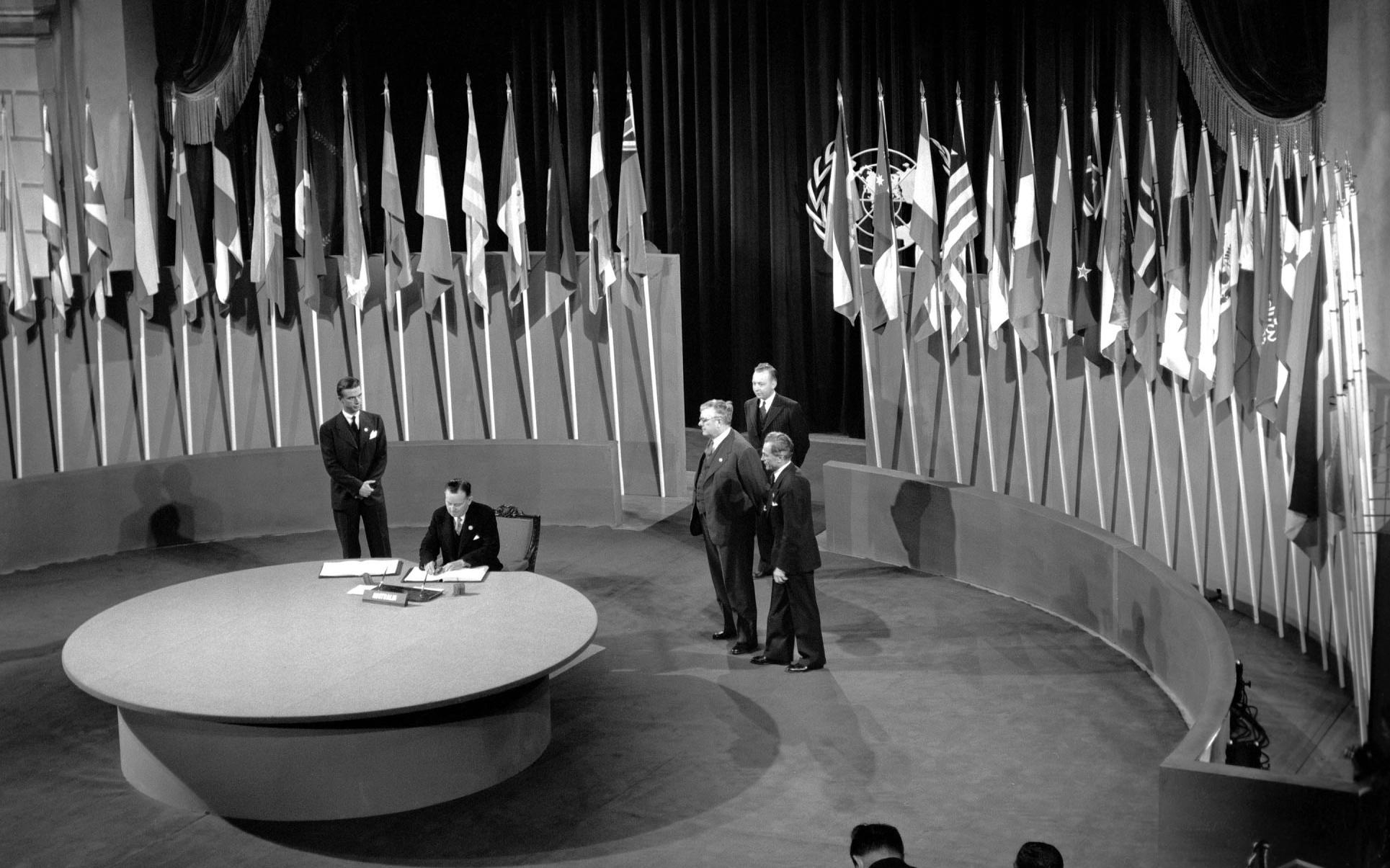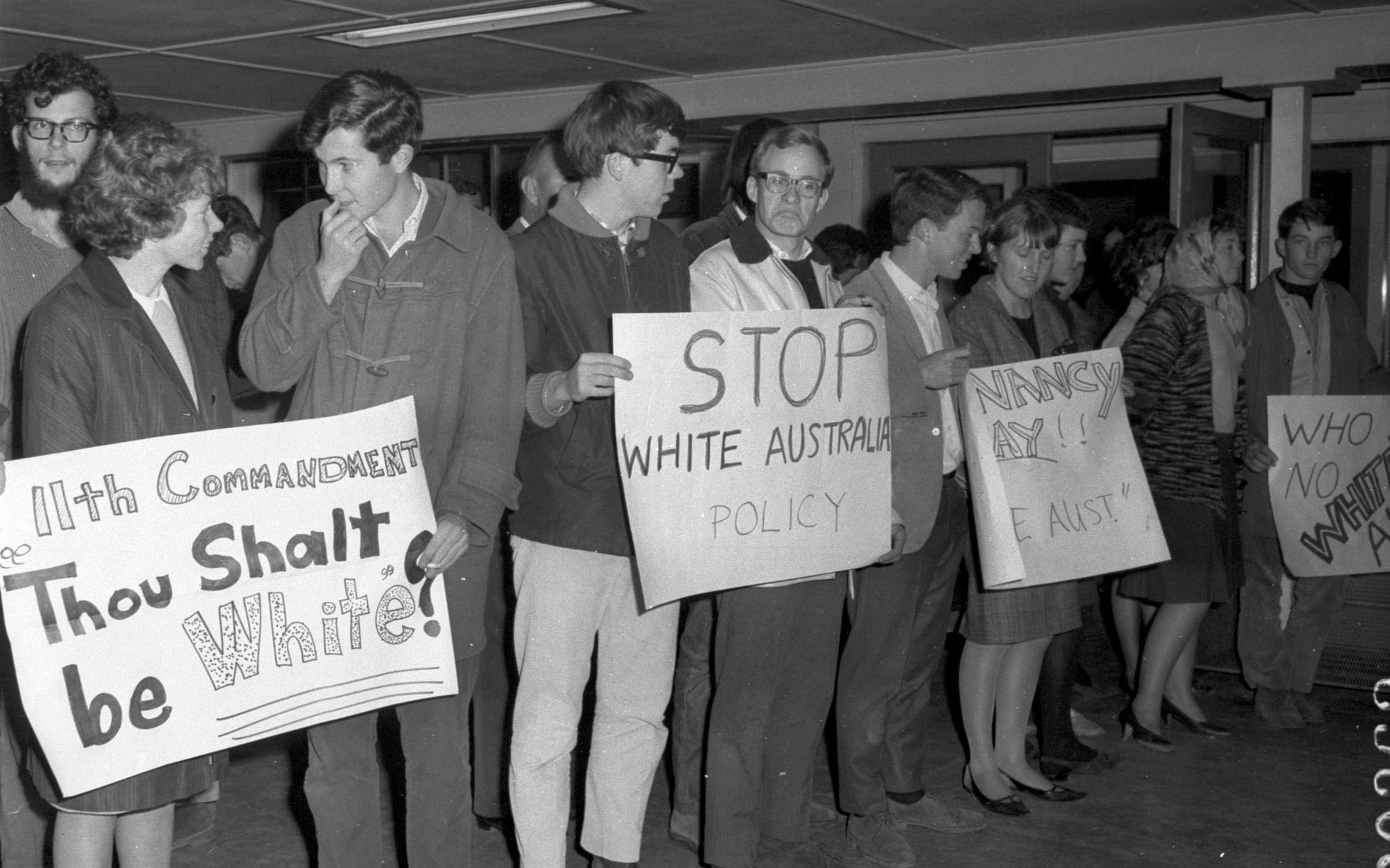‘We must have more people’
1945: Australian Government announces postwar immigration drive
‘We must have more people’
1945: Australian Government announces postwar immigration drive
In a snapshot
Between 1945 and 1965 two million immigrants arrived in Australia. The Australian Government had decided to open up the nation because it believed there was an urgent need to ‘populate or perish’ after the Second World War. Among the new immigrants were the first non-British migrants allowed by the Australian Government. This massive influx of people eventually transformed Australian society.
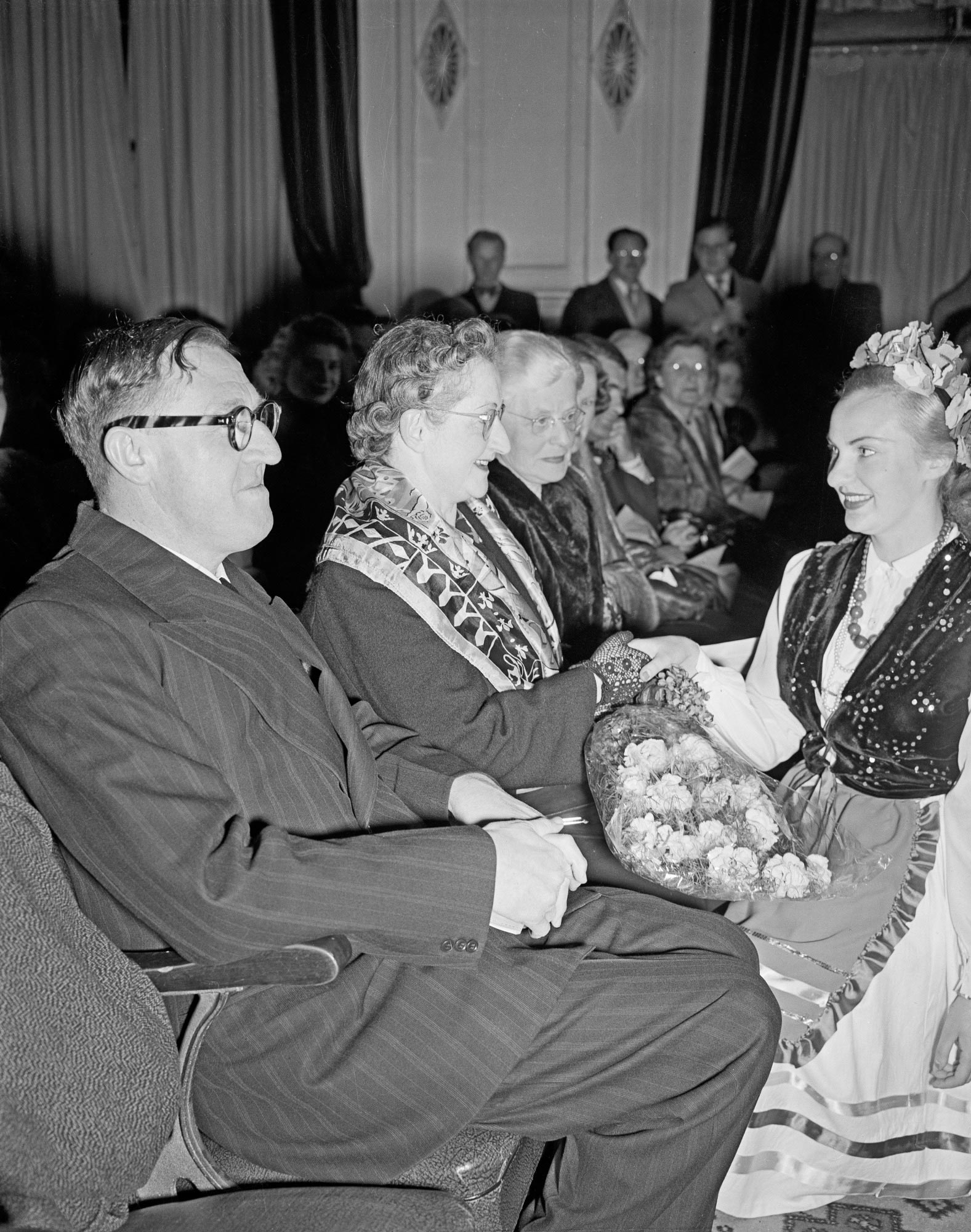
 Can you find out?
Can you find out?
1. Why did Australia accept an increase in the number of migrants after the Second World War?
2. What sort of person was thought to be an ideal migrant?
3. How was the White Australia policy changed after the Second World War ended in 1945?
Why did Australia need to ‘populate or perish’?
Australia was threatened by the advance of the Japanese Imperial Army during the Second World War, especially during the invasion of Singapore, the bombing of Darwin, and the Kokoda Trail campaign. During the war the government thought about boosting Australia’s population to improve its defence — a policy also known as ‘populate or perish’.
After the war Australia began to change its limiting migration practices, called the ‘White Australia policy’. This policy change was influenced by the Melbourne economist Bill Forsyth. Forsyth argued in his 1942 book, The Myth of Open Spaces, that Australia should attract migrants from eastern and southern Europe, not just Britain and Ireland.
Research task
Watch the ‘Multicultural Mosaic’ episode of the Australian Journey video series. What were some of the challenges faced by migrants who came to Australia? Explain your answer.
‘Even in the darkest days of the awful conflict of the Pacific war, the Curtin Government gave much thought to population building. I remember Mr. Curtin telling Cabinet in 1944 that at war’s end there would have to be a Ministry for Immigration. He said we must have more people to develop and defend Australia.’
Arthur Calwell, Be Just and Fear Not, 1972
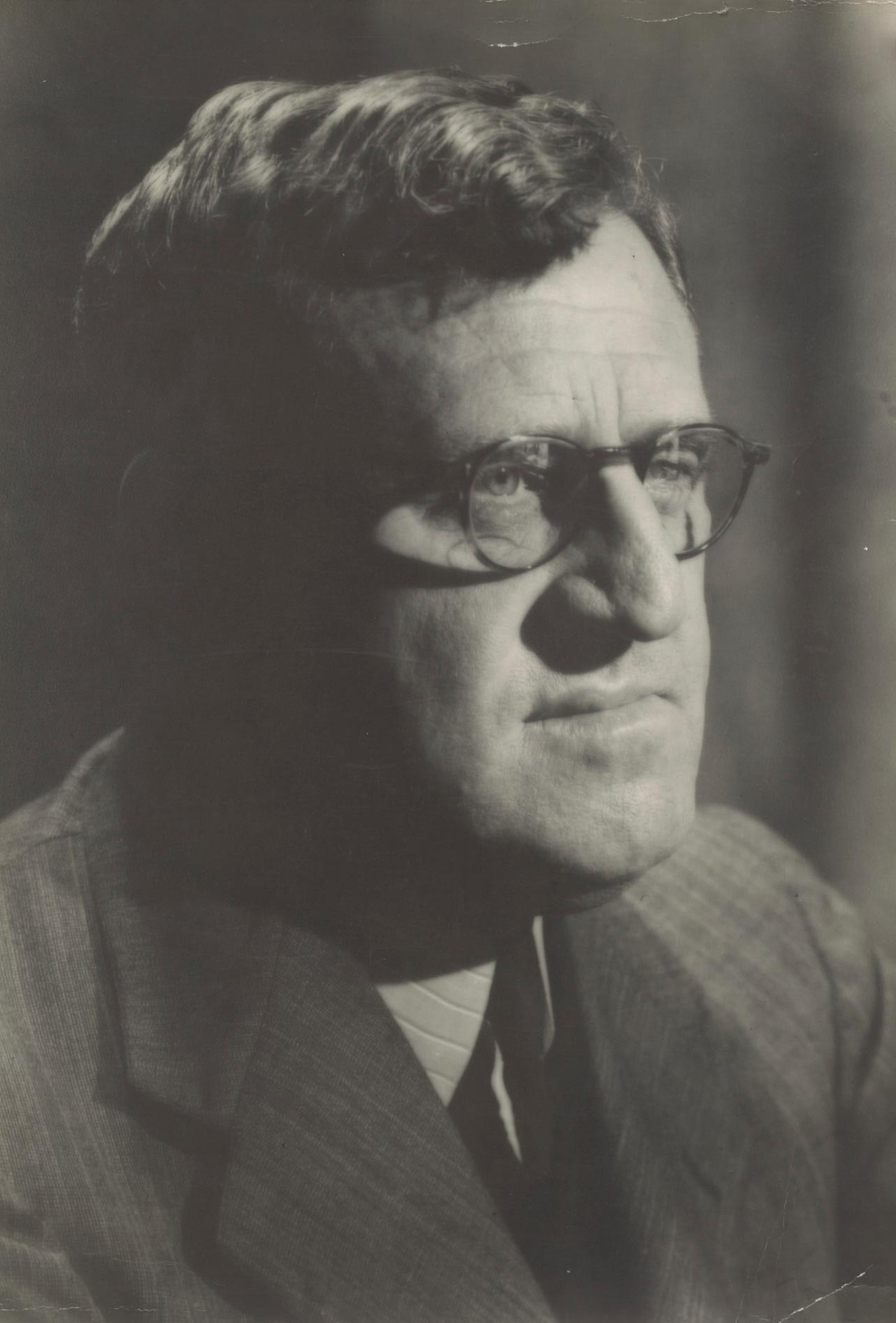
Who was thought to be a suitable migrant?
In 1945 the Australian Government introduced the Assisted Passage Migration Scheme (also known as the ‘Ten-Pound Pom’ scheme) to attract migrant families from Britain. By 1947 more than 400,000 British people had signed up for the scheme.
Australia’s Minister for Immigration, Arthur Calwell, also looked outside of Britain for new migrants. Calwell chose migrants who had been displaced from their homes because of the Second World War. The first ships arrived in Australia in 1947 with migrants from the Baltic region. These migrants were all young and unmarried and became known as the ‘beautiful Balts’. They were well received by Australian newspapers, partly because they had fair skin and fitted closely with the idea of a ‘white Australia’.
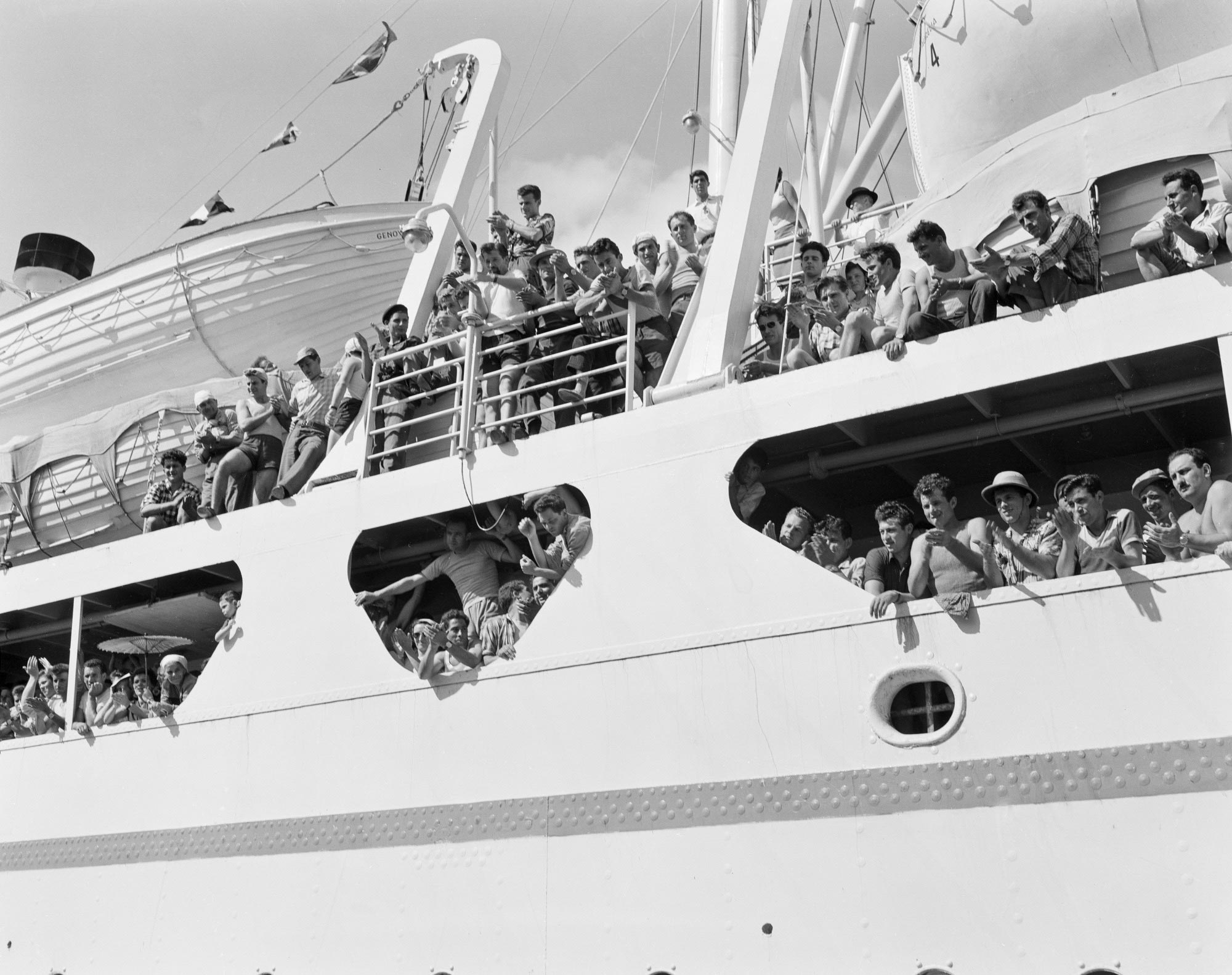
How did postwar migration change Australia?
Australia also slowly began accepting migrants from southern and eastern Europe. Temporary migrants from the Middle East and Asia were then allowed in the late 1940s and early 1950s. In 1957 the Liberal government made it easier for non-European migrants to become Australian citizens.
From 1946 to 1960, 1.2 million people migrated to Australia, contributing to a third of the nation’s population growth. Today migrants are still an important part of Australian society, and over a quarter of Australian residents were born overseas.
Read a longer version of this Defining Moment on the National Museum of Australia’s website.
Research task
Read this article on migration to Australia from the Australian Bureau of Statistics. Where do most migrants come from and how is migration affecting Australia’s ageing population?
Australian Bureau of Statistics
 What did you learn?
What did you learn?
1. Why did Australia accept an increase in the number of migrants after the Second World War?
2. What sort of person was thought to be an ideal migrant?
3. How was the White Australia policy changed after the Second World War ended in 1945?






